
Starting June 1st, 2023 Our warehouse fee will be $0.65/cubic foot per month
In effort to lower the warehouse storage fee during inflation, we have went narrow aisle racking.This construction took us four months but the project is finally completed. With narrow aisle racking, we are able to drop storage by 24%.We as partners will go through this inflation together.
01/08/2024
Sea freight logistics serves as a prevalent shipping strategy, particularly for transporting goods over extended distances. This method plays a crucial role in the broader supply chain. In this discussion, we delve into the intricacies of sea freight logistics, exploring its integration into the supply chain, evaluating the advantages and disadvantages associated with maritime shipping, and offering guidance on selecting an appropriate sea freight forwarder.
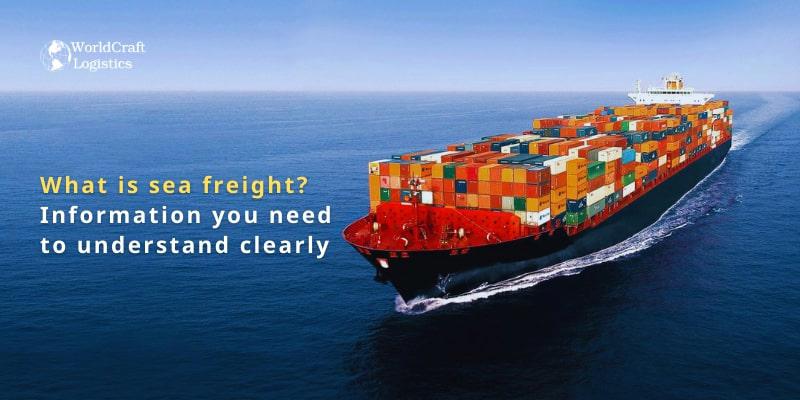
Sea freight or Ocean freight, a pivotal shipping method employed by businesses, facilitates the global transportation of substantial quantities of goods via cargo ships across the seas. Renowned for its cost-effectiveness, a multitude of businesses opts for this mode of transportation when faced with the task of relocating vast quantities of merchandise.
Diverging from conventional methods of goods transportation, sea freight is specifically designed for transporting large loads and heavy machinery. In the realm of sea freight, goods find their way in massive metal containers—a sight familiar to those who have visited bustling seaports. The realm of sea freight is characterized by fewer restrictions, making it an attractive option for businesses.
Moreover, sea freight plays a pivotal role in transporting critical commodities vital for a nation, including but not limited to oil, defense equipment, and aircraft. This mode of transportation emerges as a linchpin in the logistical network responsible for ensuring the movement of essential goods on a global scale.
Much like its counterparts in other transportation modes, the sea freight ecosystem involves key players such as sellers (manufacturers), buyers, ocean carriers, freight forwarders, brokers, port authorities, and insurance providers. In essence, sea freight stands as a cornerstone in the intricate web of global commerce, facilitating the movement of goods across vast expanses of the world's oceans.
👉Related article for you: What does the term Air Freight mean? Important guide for beginners
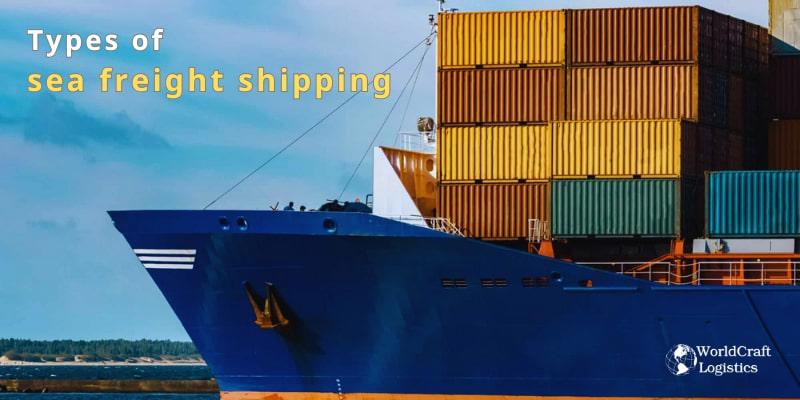
In the realm of sea freight shipping, there exist four primary categories:
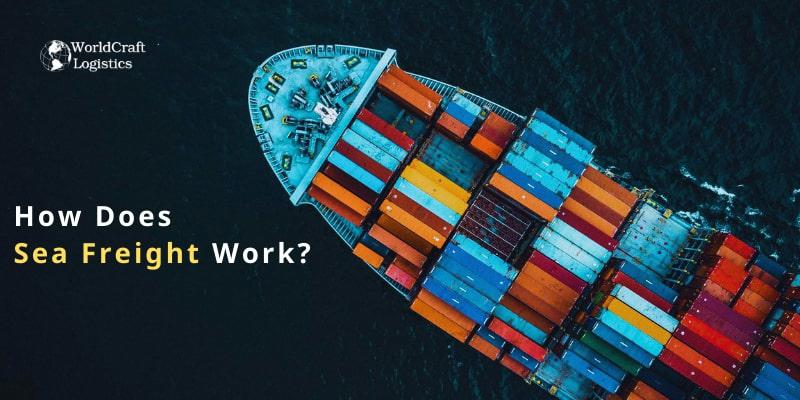
Sea freight plays a pivotal role in the intricate web of global supply chains. Engaging in maritime transport necessitates establishing contact with prominent shipping entities, which typically proves more accessible due to their expansive operations.
Upon establishing communication with these shipping conglomerates, it becomes imperative to furnish them with comprehensive instructions regarding your cargo. This entails specifying the product details, load weight, the nature of the goods earmarked for transportation, and the desired pickup location. For added convenience, the option to dispatch your goods directly to the shipping company or opt for a hassle-free pickup from your supplier or residence is also available, often subject to a nominal fee.
The rationale behind the exclusive transport of substantial loads is straightforward — the colossal capacity of shipping containers enables the transportation of large quantities of goods. This efficiency-driven approach is dictated by the inherent cost constraints, making it impractical for smaller quantities of goods to be economically transported using such expansive infrastructure.
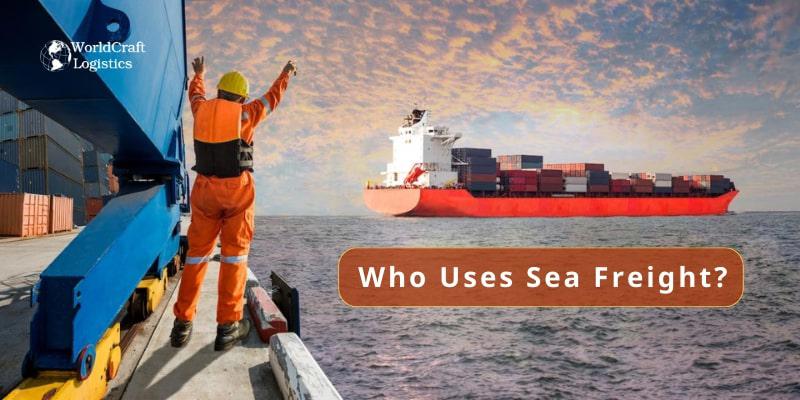
In the realm of international trade, sea freight serves as the preferred method for individuals engaged in the import and export of goods across global borders. This mode of transportation is specifically designed for the carriage of substantial loads, as it proves both time-consuming and impractical for smaller consignments. Sea freight emerges as the optimal choice when grappling with the logistical demands of transporting large and weighty shipments to and from various countries worldwide.
Typically, the majority of commodities are suitable for transportation through ocean freight. However, it is imperative to engage in consultation and verification with your designated freight forwarder or shipping agent. In cases where the weight of your goods exceeds 100 kilograms, the recommended choice is sea freight.
It is crucial to note that certain restrictions apply to the shipment of specific goods via sea freight. Items categorized as dangerous, perishable, or sensitive necessitate transportation using specialized containers designed for such purposes. Ensure that your shipping agent is well-informed about the nature of the goods you intend to ship.
In the realm of shipping methodologies, sea freight logistics presents both advantages and drawbacks.
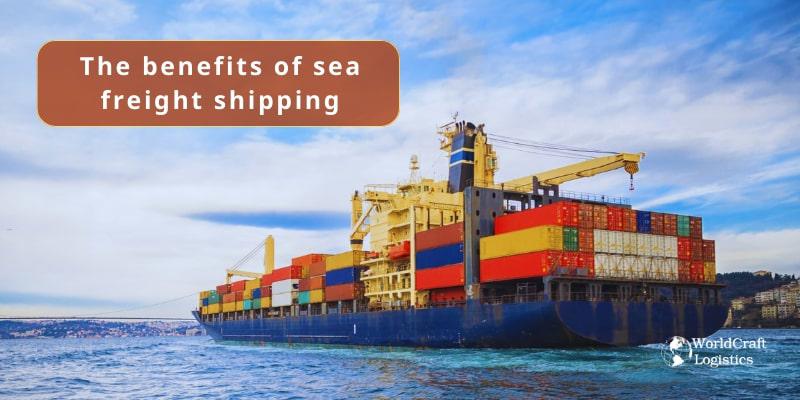
One of the foremost merits of sea freight shipping lies in its cost-effectiveness, particularly on extended voyages. It facilitates the transportation of substantial quantities of goods simultaneously, boasting a significantly lower cost compared to alternative shipping approaches. Cargo vessels, for example, have the capacity to accommodate an average of 18,000 containers, enabling the movement of substantial cargo volumes in each shipment. The economies of scale achieved through the abundance of cargo containers on each vessel render sea freight shipping more economical per container than its counterparts. Whether opting for a full container load (FCL) or less than container load (LCL), sea freight shipping emerges as a notably more budget-friendly alternative than transporting equivalent freight quantities by air.
The environmentally conscious will appreciate that the extensive cargo capacity of sea freight shipping translates to a diminished carbon footprint, setting it apart from alternative shipping techniques. This eco-friendly aspect makes it an appealing choice for enterprises keen on lessening their environmental impact.
When it comes to the transportation of large, heavy, or cumbersome items, ocean freight shipping stands out, as the impact of weight on shipping costs is comparatively less pronounced than in alternative cross-ocean shipping methods such as air freight.
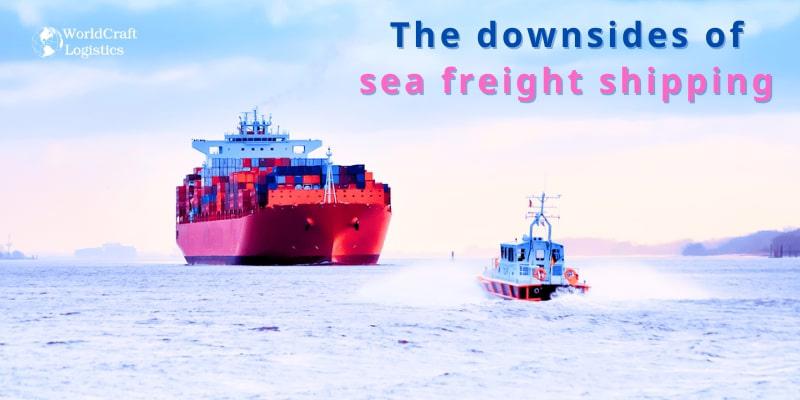
The primary drawback associated with sea freight shipping lies in its time-consuming nature. Unlike airplanes, which can swiftly traverse entire oceans within a couple of days, colossal carrier ships operate on a more extended timeline. The loading and unloading processes further contribute to the overall duration of the journey.
Sea freight shipping proves less advantageous for transporting smaller quantities of goods, even when employing Less than Container Load (LCL) shipments. The cost factor becomes a deterrent if the shipment volume falls below a certain threshold, rendering air freight or courier services more economically feasible and generally faster alternatives.
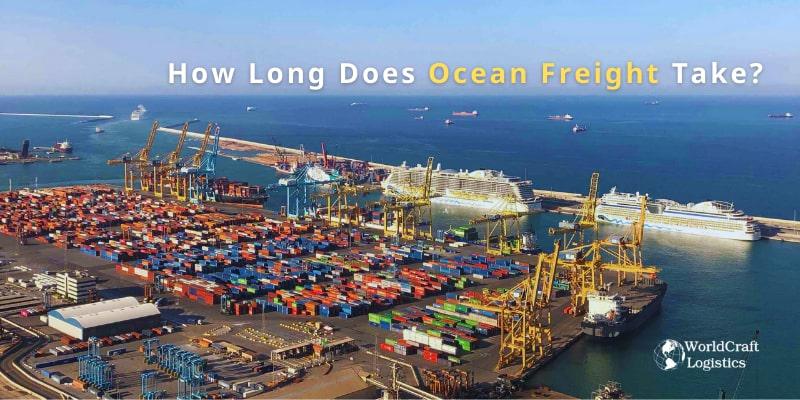
Under optimal conditions, maritime transport can span a duration ranging from 1 to 8 weeks, contingent upon various factors such as distance and other influential variables.
However, numerous elements come into play, dictating the timeframe for cargo delivery through shipping. The navigation through customs at both departure and arrival ports, weather conditions throughout the transit, all contribute to the temporal aspects of transporting goods by sea.
Geographical location emerges as a pivotal determinant in transit duration, with certain destinations being significantly farther than others. The nature of the merchandise, requisite documentation, weather conditions, and the choice of carrier further compound the multifaceted equation. Unforeseen complications may also arise, leading to additional, unexpected delays in the overall process.
For those intending to dispatch goods in anticipation of a specific holiday or sales season, it is advisable to incorporate a buffer of at least a week on either end of the process for added security.
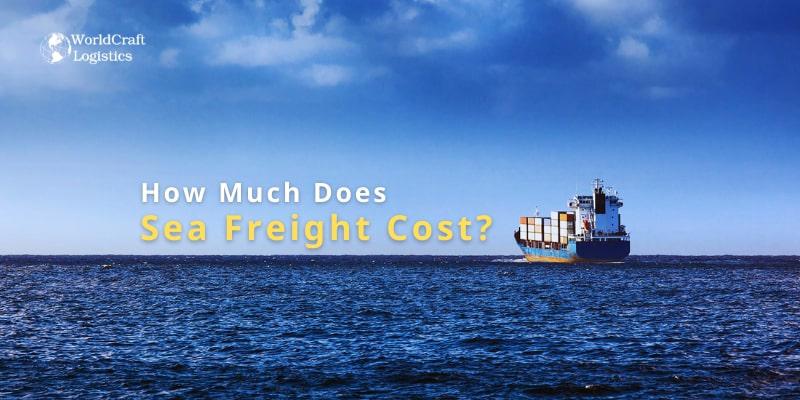
The expense associated with sea freight hinges on the negotiated terms between the buyer and seller. Various terms may be agreed upon between parties, each influencing the overall cost. The financial commitment escalates based on the extent of responsibility assumed by the seller. Notably, if the goods are destined for doorstep delivery, the corresponding cost tends to be higher. Additionally, expenses may include insurance fees if coverage is sought. Determination of the total cost occurs prior to the shipment of goods, with reputable shipping companies adept at assisting in this process.
Numerous dynamic factors further impact costs, such as fluctuating fuel prices, currency exchange rates, seasonal demands, and the sea shipping capacity functioning as a commodity. The value of sea freight rises when demand surpasses supply in this intricate economic equation.
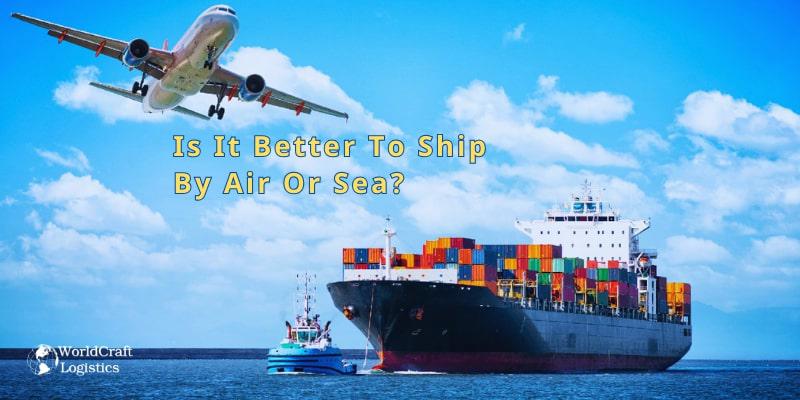
The choice between sea and air transportation is a crucial consideration, as each mode offers unique advantages and drawbacks. The selection hinges on factors such as the nature of the goods, their weight, and the desired delivery timeframe.
Air transportation is ideal for lighter items, including documents and sophisticated tech equipment, necessitating swift delivery. However, this expedited service comes at a premium, with higher associated costs.
On the other hand, sea transportation proves advantageous for bulk shipments of less perishable goods. While the delivery time may be longer, the associated costs are significantly reduced.
Ultimately, the decision between sea and air transportation depends on the specific requirements of the shipment, taking into account factors such as weight and delivery time.
Maritime shipping stands as a crucial and efficient mode of transporting goods, with global trade and the economy heavily reliant on its efficacy. The continuous progress in technology and the emergence of improved shipping techniques contribute to the growing accessibility of sea freight.
This article aims to provide readers with a comprehensive understanding of sea freight and its operational procedures. In conclusion, when contemplating the transportation of your cargo through ocean freight, look no further than WorldCraft Logistics. Our comprehensive services cover every aspect, ensuring seamless assistance from pickup, through packaging, to final delivery.
SEO
Digital Marketing/SEO Specialist
Simon Mang is an SEO and Digital Marketing expert at Wordcraft Logistics. With many years of experience in the field of digital marketing, he has shaped and built strategies to effectively promote Wordcraft Logistics' online presence. With a deep understanding of the logistics industry, I have shared more than 500 specialized articles on many different topics.

Education
01/05/2025

Education
02/18/2025

Education
01/01/2024

Education
08/28/2024

Education
11/13/2023